Introduction: Helping Kids Slow Down in a World That Doesn’t
Let’s be real—kids today have a lot going on. School, screens, schedules, peer pressure… even as adults, we find it overwhelming. So it’s no surprise that kids, with their developing brains and big emotions, struggle sometimes to keep it all together.
That’s where mindfulness comes in—not as some complicated meditation ritual, but as a simple way to help children breathe through the noise, pay attention to what’s going on inside, and feel a little more grounded.
This list is packed with real-world, doable mindfulness activities for kids. Not stuffy or scripted. Just warm, approachable ideas to bring a little peace into your child’s day—without forcing it.
Table of Contents
Why Mindfulness Actually Helps Kids (Even the Wiggly Ones)
Mindfulness isn’t just about sitting still with your eyes closed. For kids, it’s about noticing what they’re feeling—without reacting right away. That’s a big deal.
When kids practice mindfulness regularly, it helps them:
- Handle big feelings without exploding
- Focus better (hello, fewer homework battles!)
- Sleep more peacefully
- Build emotional strength for the long haul
And honestly? It helps us parents, too. When we slow down with them, we’re modeling calm—even on days when we’re feeling anything but.
The 10 Best Mindfulness Activities for Kids (That Don’t Feel Forced)
1. Belly Breathing (aka “Bubble Breath”)
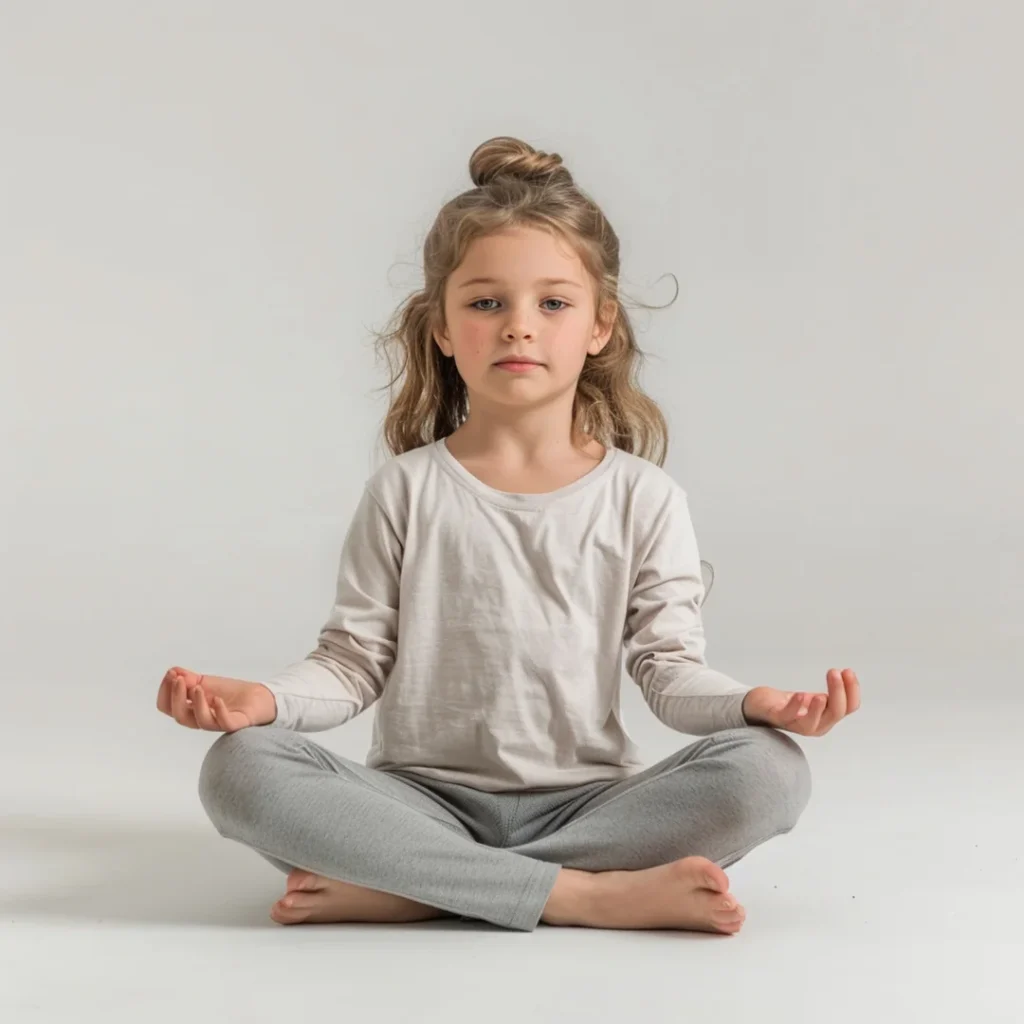
Have you ever watched a kid try to blow bubbles? They instinctively take a deep breath and blow gently. That’s breathwork in action.
Try this:
Ask your child to lie down and place a small stuffed animal on their belly. Watch it rise and fall as they breathe in slowly through the nose… and out through the mouth. You can even say, “Try to blow the air out as if you’re making the biggest bubble ever.”
🌬 Why it works: It’s calming, simple, and they can use it anytime—from classroom nerves to bedtime jitters.
2. Five Senses Game (A Walk That Turns Into a Wonder Hunt)
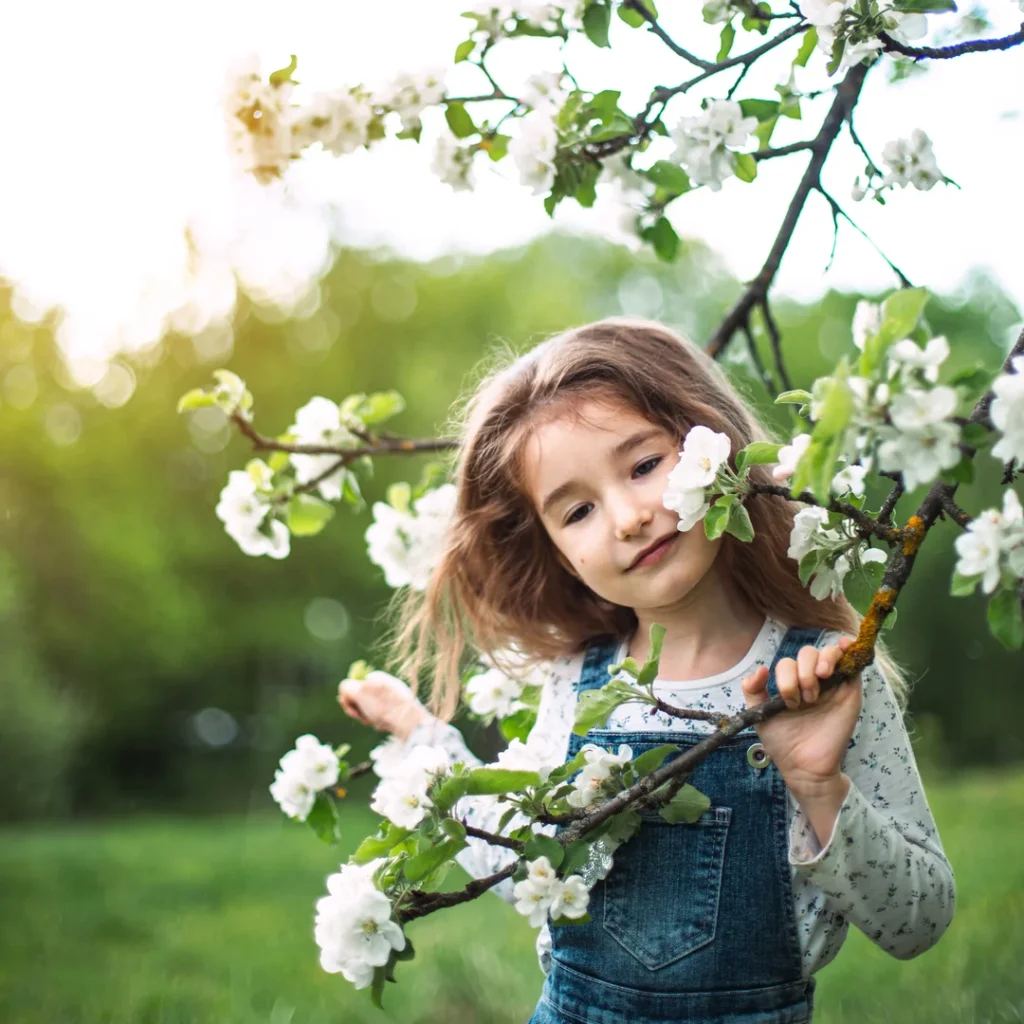
This one’s a favorite in our house. It turns any regular walk (or even sitting on the porch) into a mindfulness adventure.
Here’s how it goes:
Name…
- 5 things you can see
- 4 things you can touch
- 3 things you can hear
- 2 things you can smell
- 1 thing you can taste (or imagine tasting)
🌳 Why it works: It brings them back to right now, and they start noticing the small stuff—like the way the wind feels or the pattern on a leaf.
3.Mindful Coloring (No Rules, Just Color)
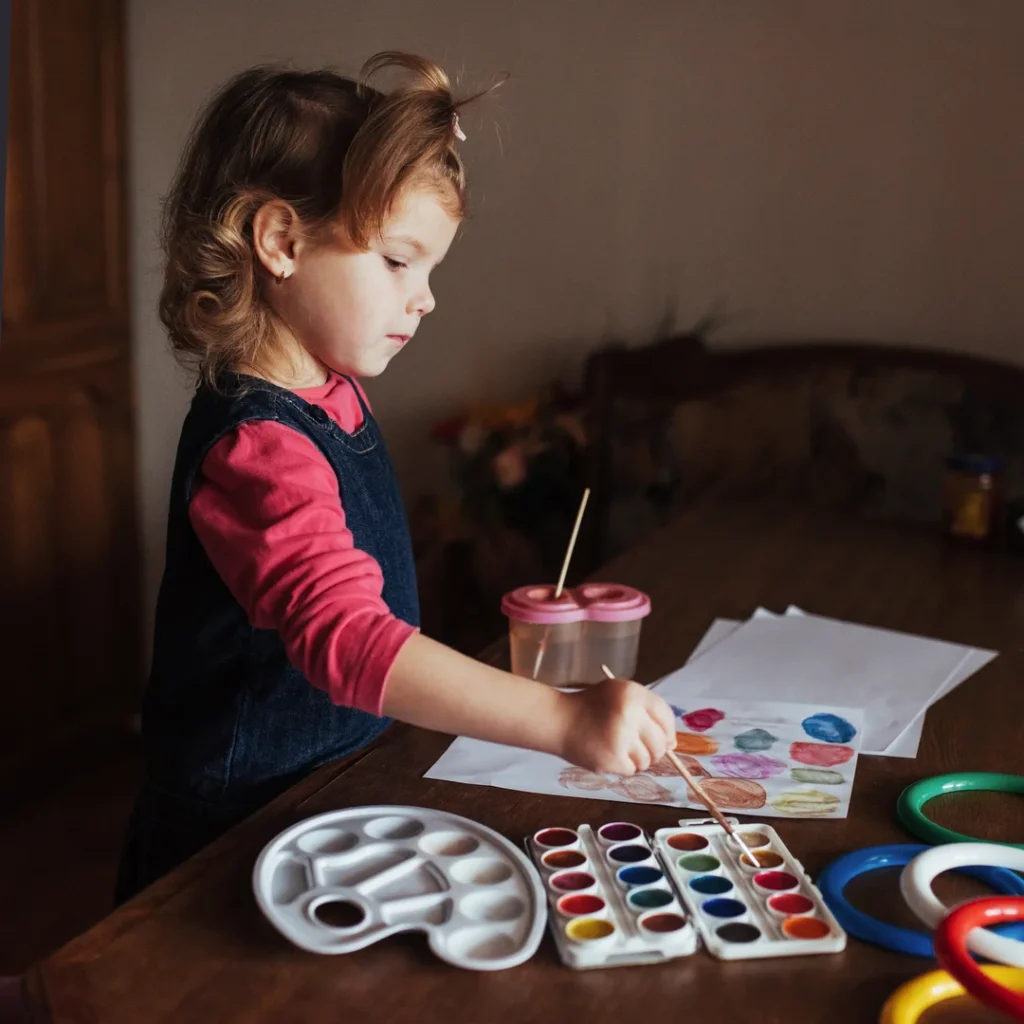
There’s something really soothing about coloring—when it’s not about staying inside the lines or “doing it right.”
What to do:
Give your child a mandala design or just blank paper and coloring supplies. Put on calm music. Let them pick colors, doodle freely, and get lost in the rhythm of it.
🎨 Why it works: This is one of those fun mindfulness exercises for children that helps with focus and creativity without pressure.
4. Gratitude Jar or Journal
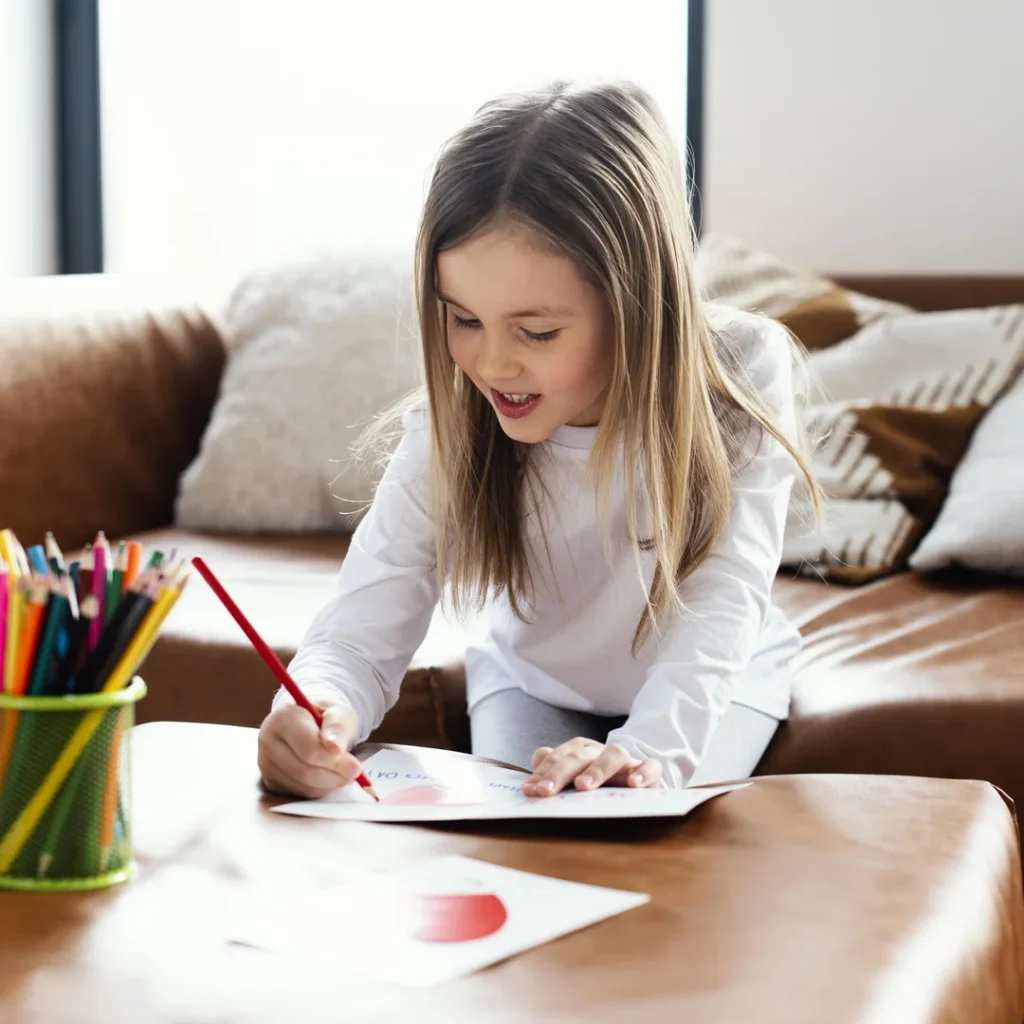
This one can feel a little cheesy at first—but once it becomes a habit, it’s pure gold.
How to start:
Each night (or even once a week), ask your child to write down or draw one thing they’re thankful for. It can be big or tiny—“my dog,” “the smell of cookies,” “a friend who smiled at me.”
✨ Why it works: Focusing on good stuff rewires the brain over time. It helps kids shift their lens from “what’s missing” to “what’s already good.”
5. A Quiet Nature Walk (No Talking, Just Noticing)
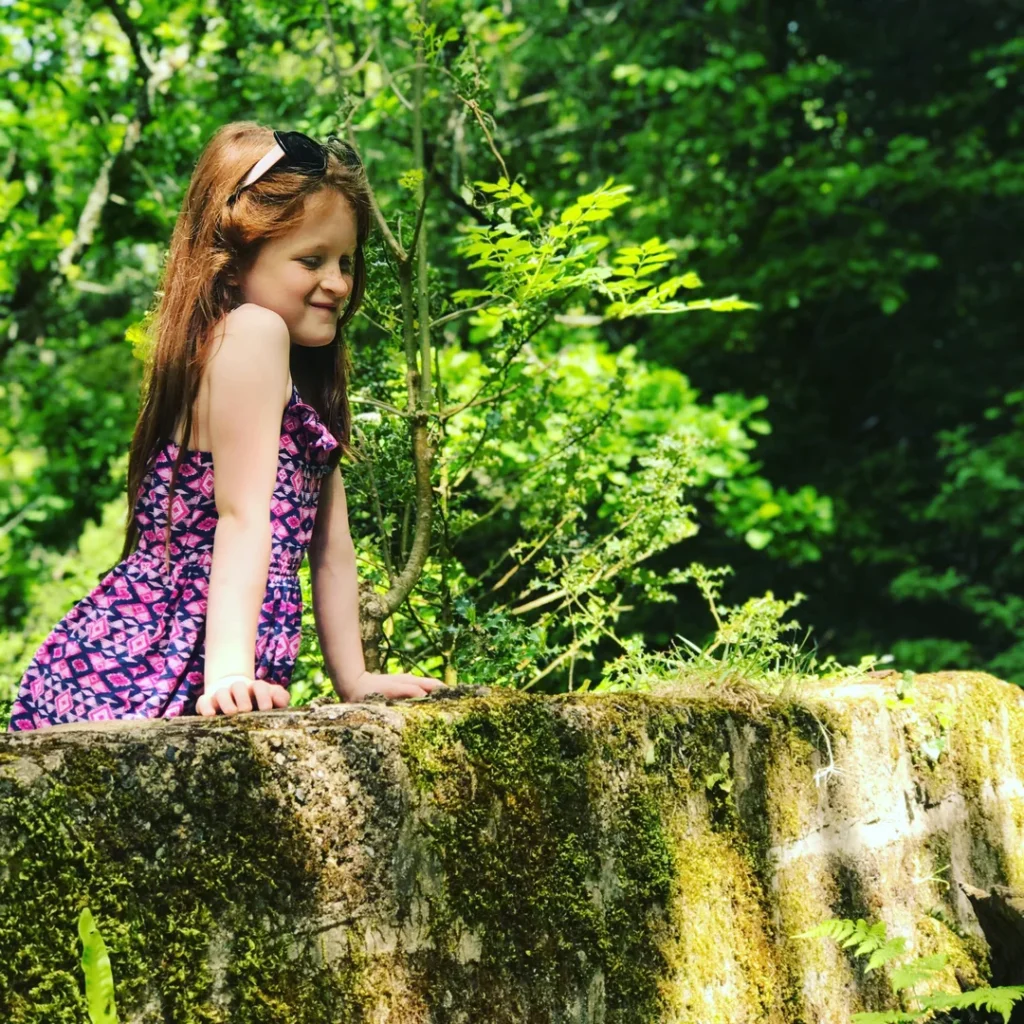
No phones. No music. Just walking together in silence (or semi-silence, let’s be honest).
Prompt your child gently:
“What colors do you see?”
“Do the leaves make different sounds when you step on them?”
“Can you feel the sun on your arms or the breeze on your cheeks?”
🌲 Why it works: Nature is calming all on its own. Add intentional awareness and it becomes a gentle mindfulness activity you’ll both remember.
6. Sound Safari (Can You Hear That?)
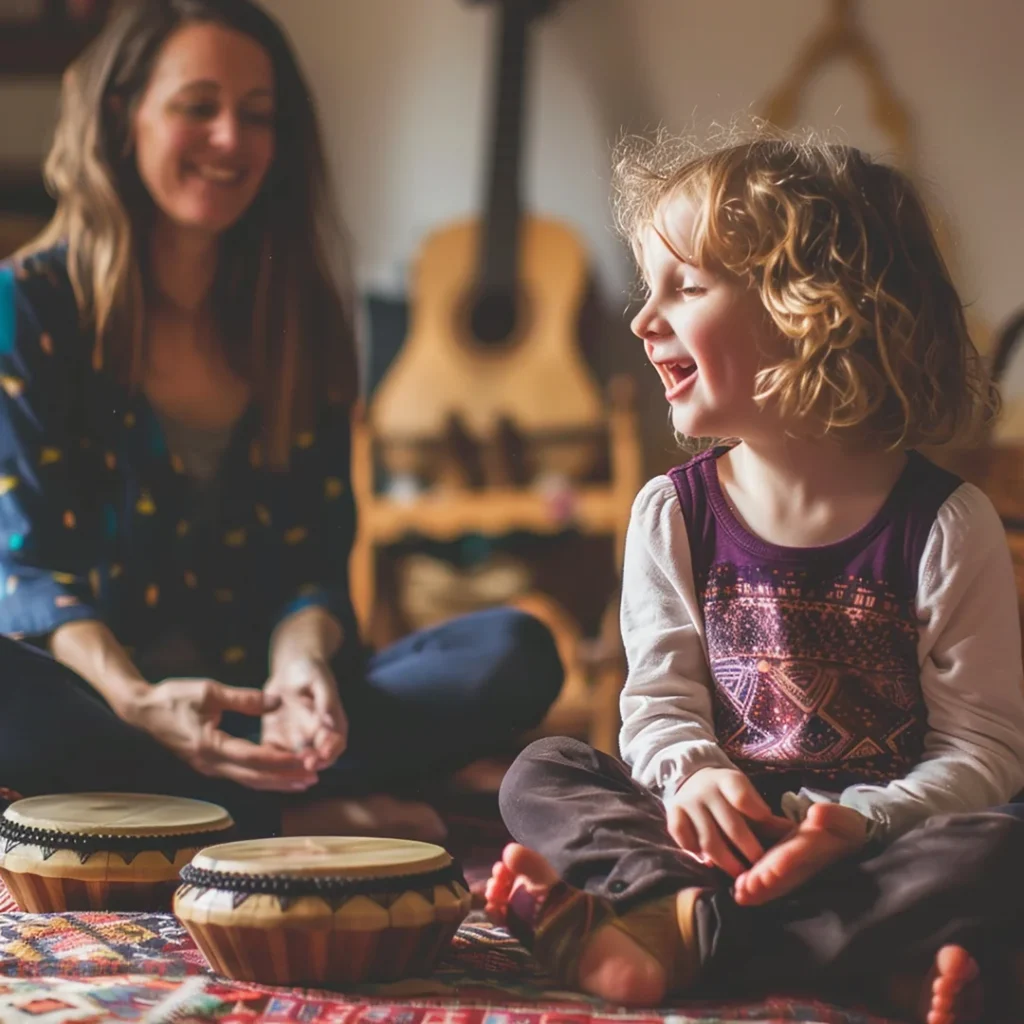
This is a super simple way to help your child build awareness—and it often turns into a fun competition.
Here’s how:
Sit quietly for 1–2 minutes and listen together. Take turns naming all the sounds you heard: a bird chirping, a car driving by, your own breathing.
🎧 Why it works: It sharpens attention in a way that doesn’t feel like a chore.
7. Body Scan at Bedtime

This is a nice wind-down activity to help kids relax their body one part at a time.
Try this script:
“Let’s start with your toes. Can you wiggle them? Now take a deep breath and let your toes relax…” Work your way up to their head, one body part at a time.
🛏 Why it works: It’s one of the most effective simple mindfulness techniques for kids before bed. They feel calmer—and fall asleep faster.
8. Mindful Eating (Slow Snack Challenge)

This one might sound silly, but it really works.
How to do it:
Pick a small piece of food (like a raisin or cracker). Have your child look at it closely, smell it, touch it, and then chew it slowly—really noticing the flavor and texture.
🍓 Why it works: It teaches kids to slow down and appreciate their food—and it builds sensory awareness, too.
9. Bubble Breathing (Yes, Again)
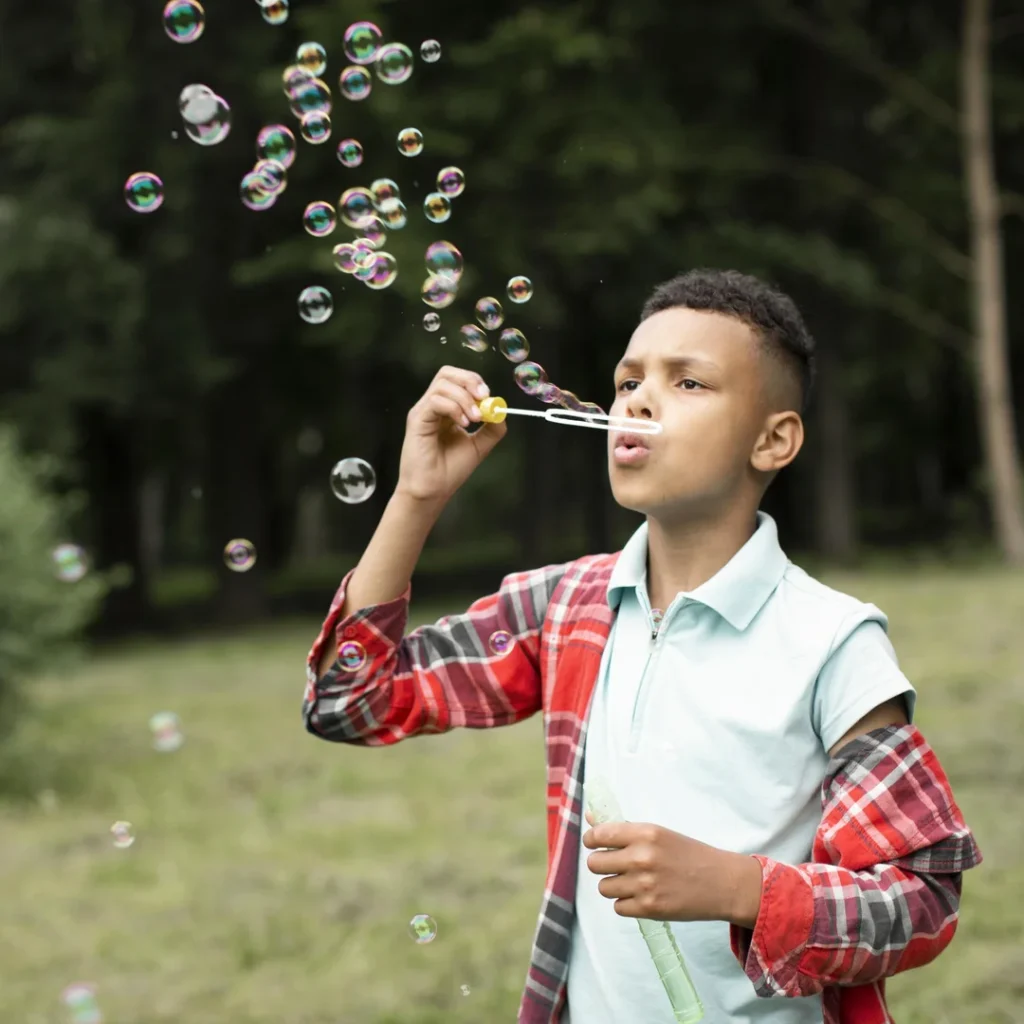
Bubble breathing is an engaging mindfulness activity that helps children regulate their breathing while This deserves a second mention—especially for younger kids. All you need is a bottle of bubbles.
Tell your child:
“Take a deep breath in… now blow out slowly to make the biggest bubble you can.” If they blow too fast, the bubble pops. If they’re slow and steady, it floats.
🫧 Why it works: It’s a fun, visual way of teaching calm to children. And honestly, it’s relaxing for adults too.
10. Loving-Kindness Meditation: Practicing Compassion

LThis one’s a little more reflective—but it can be really moving.
Guide your child to say silently:
“May I be happy. May I feel safe. May I be kind.”
Then extend the wishes to others: “May my friend feel happy. May my family feel safe. May the world feel love.”
💛 Why it works: This builds empathy and softness. Over time, it teaches kids how to be gentle with themselves—and others.
Wrapping It All Up: Keep It Simple, Keep It Regular
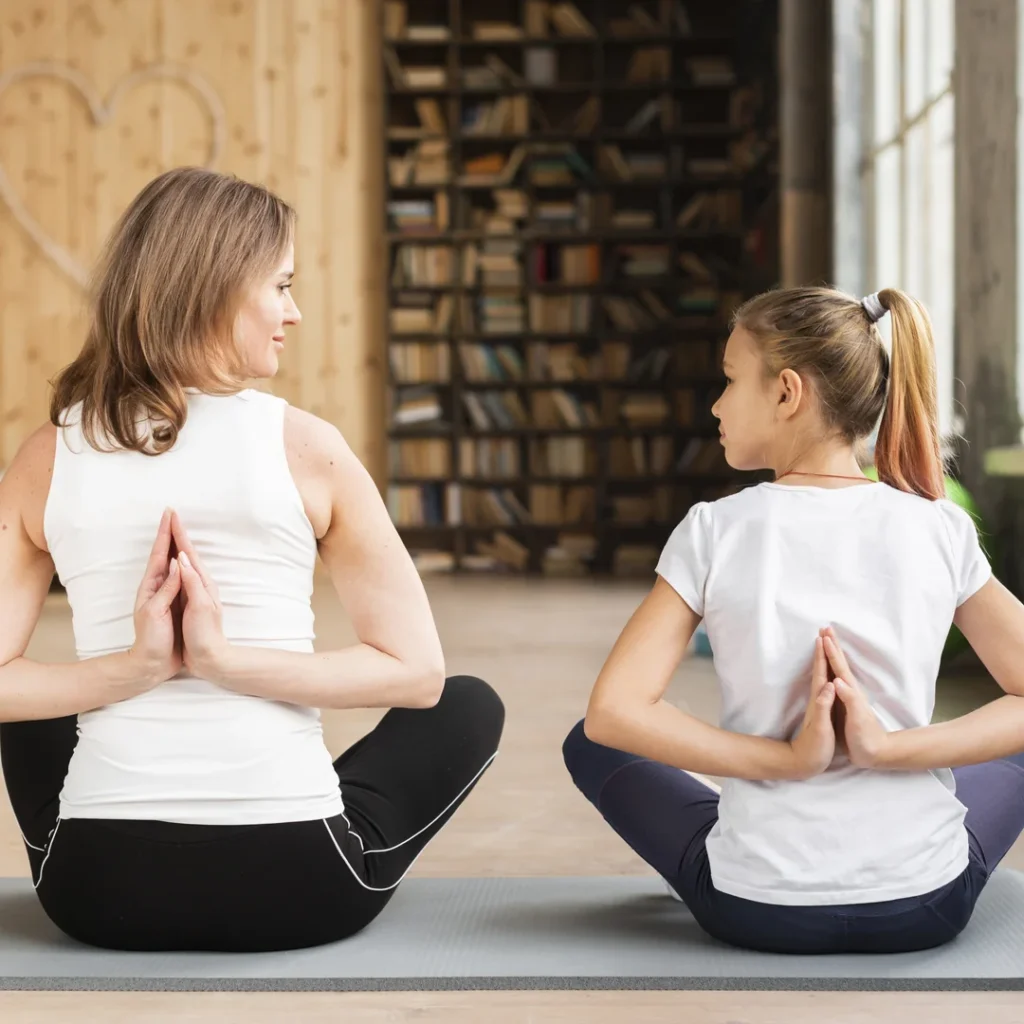
If there’s one thing I’ve learned while raising mindful kids, it’s this: you don’t need to do it all. Just pick one activity and try it out.
Let it be messy. Let it be short. Let it be something you do together.
🧠 Want to Go Deeper?
Check out these gentle, science-backed resources for more mindfulness activities for kids:
Both offer simple tools, games, and guided practices for everyday calm.
Check out our insightful articles on personal growth and wellness at Roots, Wings & Wellness.
FAQs: Helping Kids Practice Mindfulness Without the Pressure
Totally. Mindfulness isn’t about sitting still for 20 minutes straight—it’s about helping kids notice what’s happening inside and around them. For high-energy kids, active exercises like bubble breathing, mindful walking, or the five senses game are a great start. Think of mindfulness as a tool they can carry with them, not a timeout.
Even toddlers can start with very simple mindfulness practices. Deep breathing, naming emotions, or listening to a soft bell can be introduced as early as age 2 or 3. The key is to keep it short, playful, and age-appropriate. As they grow, you can add more structured fun mindfulness exercises for children like journaling or body scans.
Not at all. Most mindfulness activities for kids use what you already have—a quiet space, some crayons, maybe a snack, or a jar for gratitude notes. You don’t need fancy apps or equipment. What matters most is consistency and your willingness to do it with them.
There’s no magic number. Some families build in one practice a day (like mindful breathing at bedtime), while others choose 2–3 times a week. Even five minutes of a simple mindfulness technique for kids can have a calming impact. Start where you are and build from there.
That’s completely normal, especially at first. Try offering options and letting them choose. Turn mindfulness into a game—“Let’s play the listening challenge” or “Let’s color with slow-motion crayons today.” Keep it light. If they’re not into it that day, let it go and circle back later. Mindfulness should feel like a gift, not a chore.
Practicing mindfulness regularly helps kids become more aware of their feelings before they boil over. Over time, they learn to pause, breathe, and name what’s going on inside. That pause is everything. Tools like bubble breathing or body scans can also help in the moment—but like any skill, they work best when kids get to practice them in calm moments too.
Yes, many parents say bedtime is smoother when they include mindfulness. A short body scan, deep breathing, or even loving-kindness wishes can help wind down racing thoughts and ease tension. These quiet moments create a gentle bridge from a busy day into restful sleep.



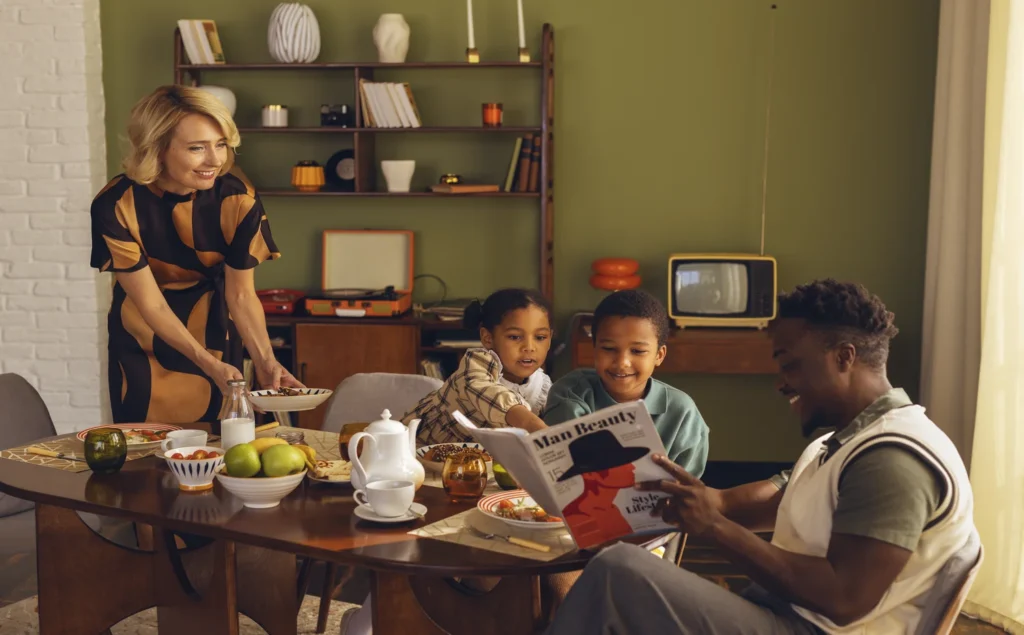
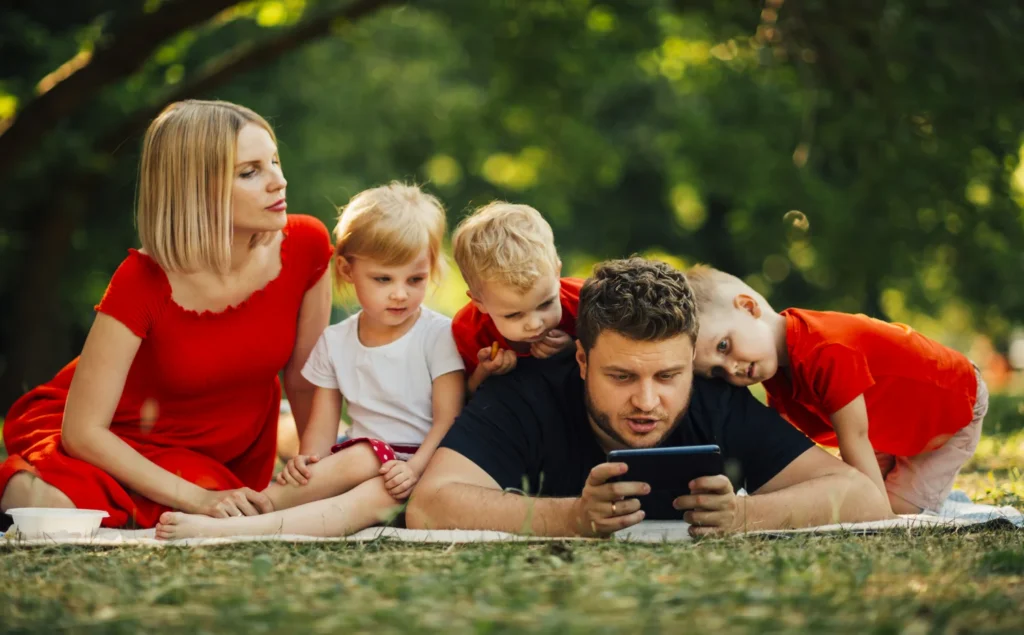





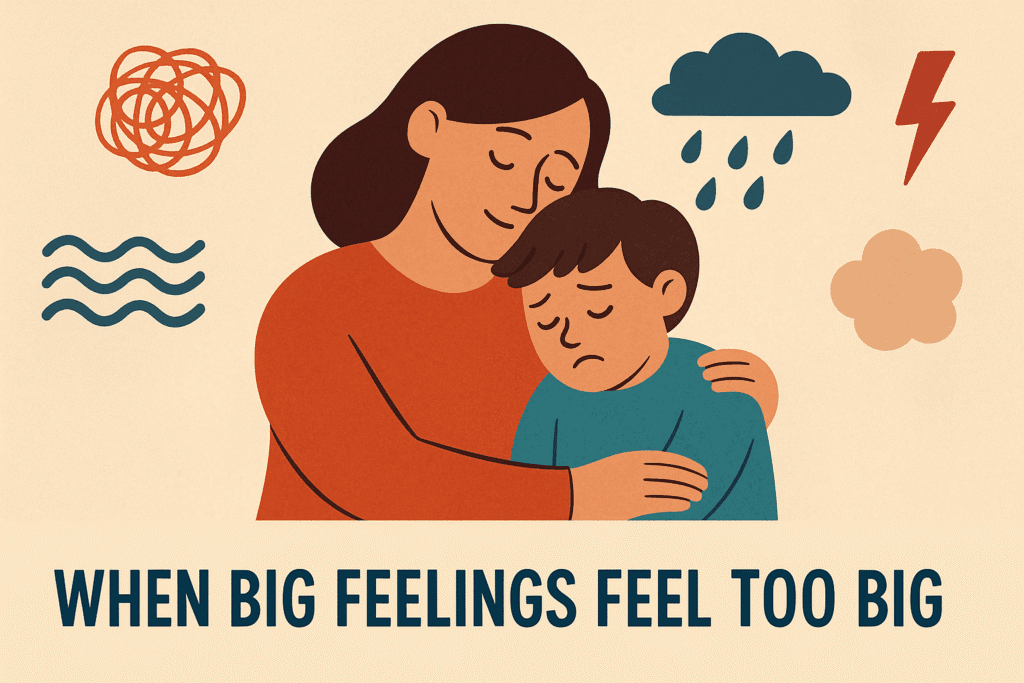
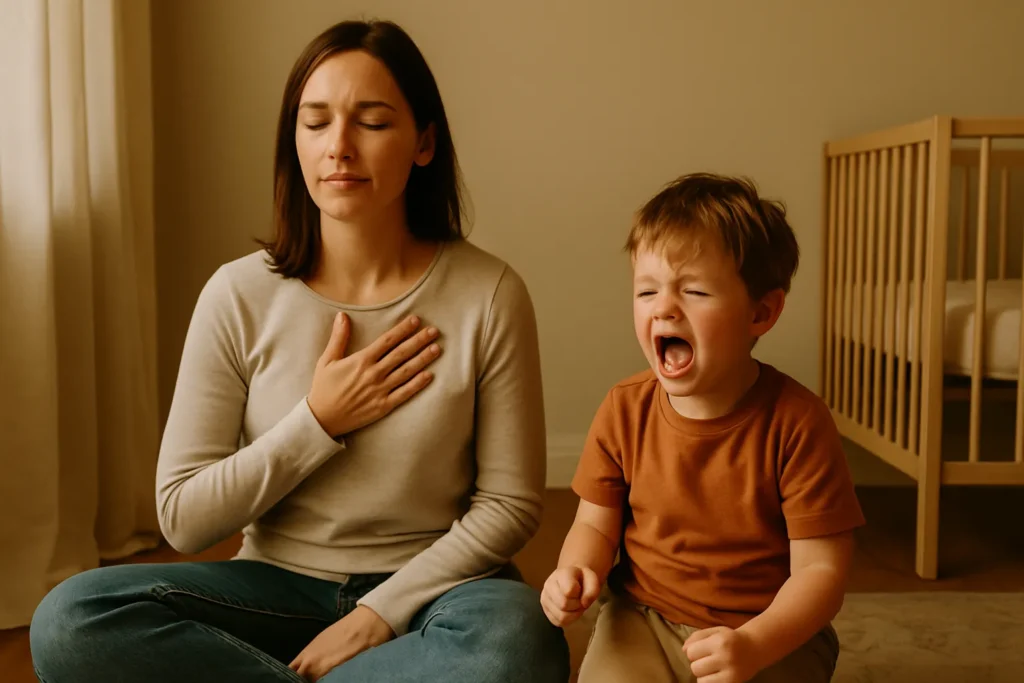


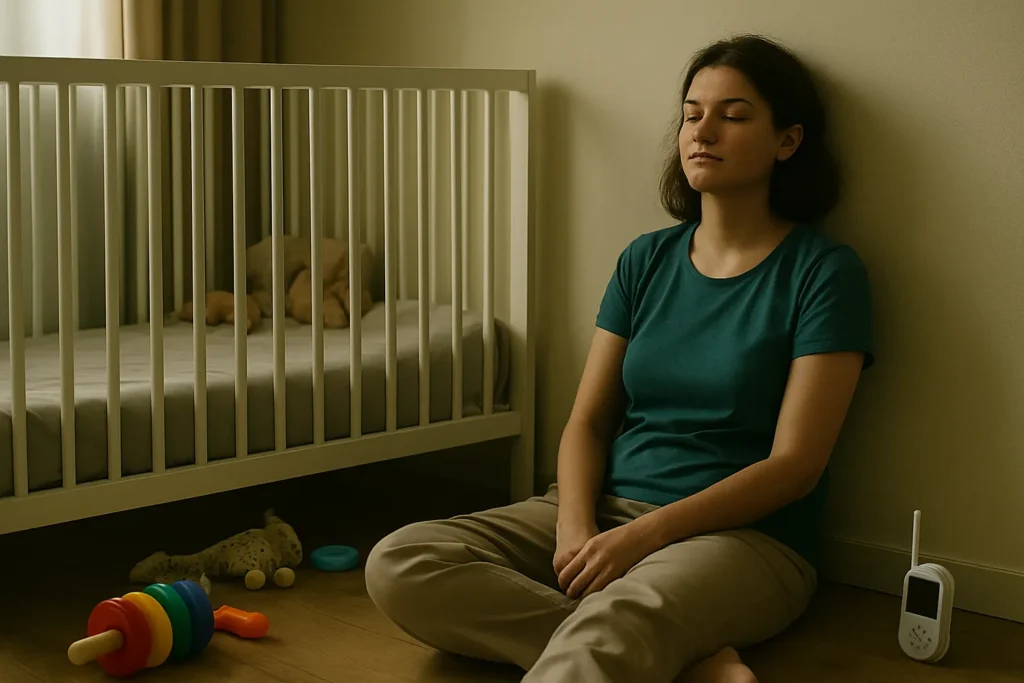




https://www.prad.de/board/core/user/80147-sonic32/
https://ufo.hosting/
https://the.hosting/et/help/oshibka-dracut-initqueue-timeout-in-centos-7
international virtual phone number
yacht mieten mittelmeer
https://upuge.com/findycarit
The matchless message 😉